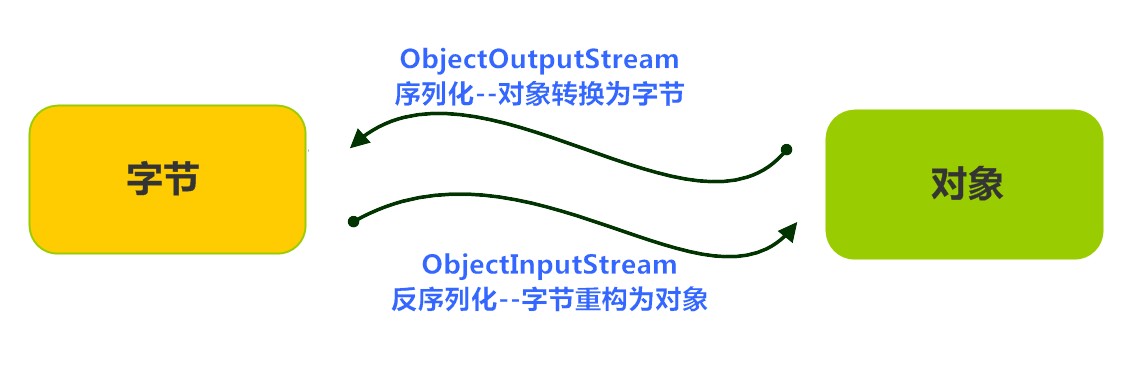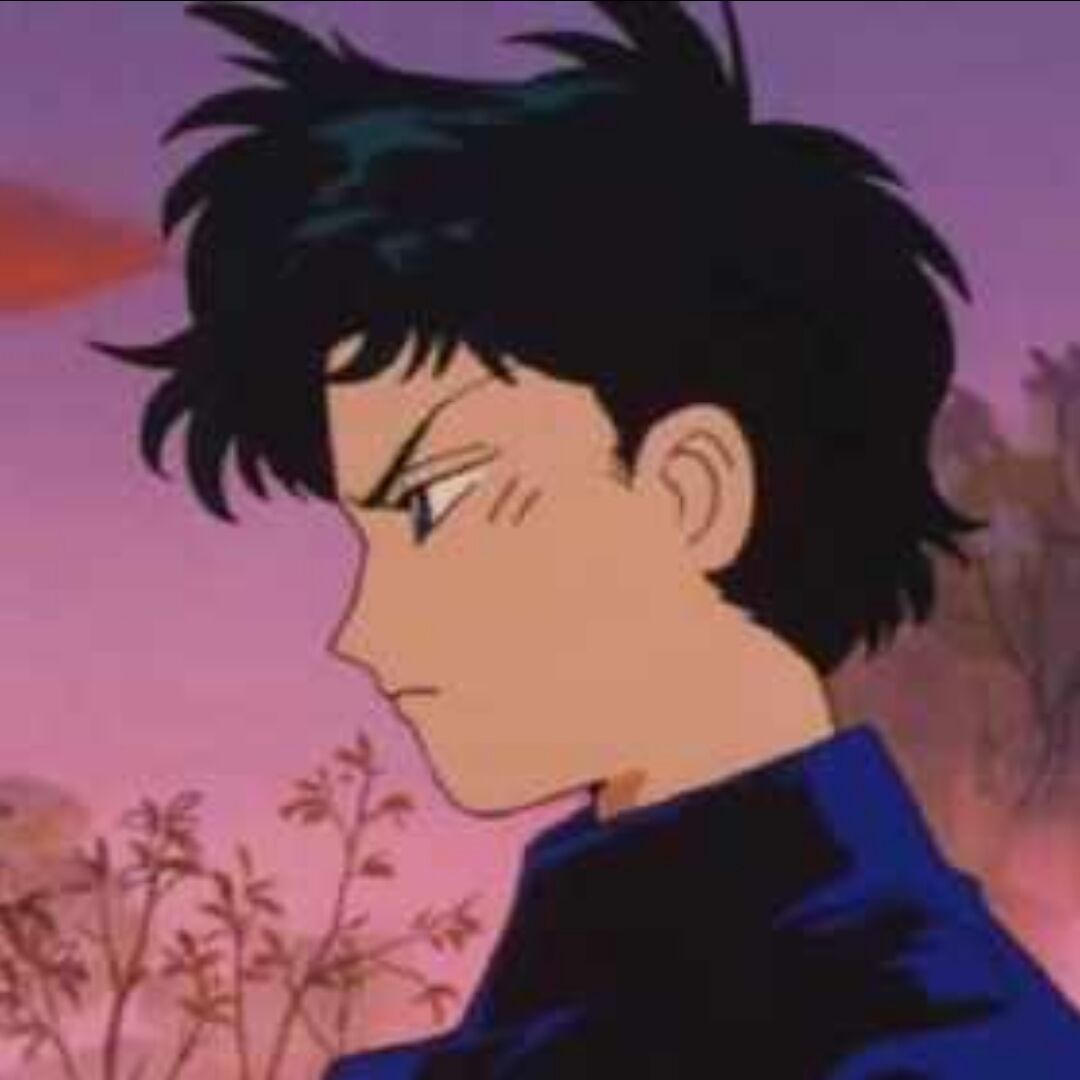java.io.File类
构造方法
// 文件路径名
String pathname = "D:\\aaa.txt";
File file1 = new File(pathname);
// 文件路径名
String pathname2 = "D:\\aaa\\bbb.txt";
File file2 = new File(pathname2);
// 通过父路径和子路径字符串
String parent = "d:\\aaa";
String child = "bbb.txt";
File file3 = new File(parent, child);
// 通过父级File对象和子路径字符串
File parentDir = new File("d:\\aaa");
String child = "bbb.txt";
File file4 = new File(parentDir, child);获取文件和目录信息
- public String getName() :返回由此File表示的文件或目录的名称
- public long length() :返回由此File表示的文件的长度
获取路径
- public String getPath() :将此File转换为路径名字符串
- public String getParent() :获得父级路径
- public String getAbsolutePath() :返回此File的绝对路径名字符串
判断
- public boolean exists() :此File表示的文件或目录是否实际存在
- public boolean isDirectory() :此File表示的是否为目录
- public boolean isFile() :此File表示的是否为文件
创建删除
- public boolean createNewFile() :当且仅当具有该名称的文件尚不存在时,创建一个新的空文件
- public boolean delete() :删除由此File表示的文件或目录。 只能删除空目录
- public boolean mkdirs() :创建由此File表示的目录,包括任何必需但不存在的父目录
目录的遍历
- public String[] list() :返回一个String数组,表示该File目录中的所有子文件或目录
- public File[] listFiles() :返回一个File数组,表示该File目录中的所有的子文件或目录
递归删除非空目录
@Test
public void test6() {
File dir = new File("D:/atguigu/javase");
forceDeleteDir(dir);
}
public void forceDeleteDir(File dir) {
if (dir != null && dir.isDirectory()) {
File[] listFiles = dir.listFiles();
if(listFiles!=null){
for (File sub : listFiles) {
forceDeleteDir(sub);
}
}
}
dir.delete();
}字节流
字节输出流
常用API
public void close():关闭此输出流并释放与此流相关联的任何系统资源public void flush():刷新此输出流并强制任何缓冲的输出字节被写出public void write(byte[] b):将 b.length字节从指定的字节数组写入此输出流public void write(byte[] b, int off, int len):从指定的字节数组写入 len字节,从偏移量 off开始输出到此输出流public FileOutputStream(File file, boolean append): 创建文件输出流以写入由指定的 File对象表示的文件public FileOutputStream(String name, boolean append): 创建文件输出流以指定的名称写入文件public class FOSWrite { public static void main(String[] args) throws IOException { // 使用文件名称创建流对象 FileOutputStream fos = new FileOutputStream("fos.txt",true); // 字符串转换为字节数组 byte[] b = "abcde".getBytes(); // 写出从索引2开始,2个字节。索引2是c,两个字节,也就是cd。 fos.write(b); // 关闭资源 fos.close(); } } 文件操作前:cd 文件操作后:cdabcde
写出换行
- Windows系统里,每行结尾是
回车+换行,即\r\n - Unix系统里,每行结尾只有
换行,即\n - Mac系统里,每行结尾是
回车,即\r。从 Mac OS X开始与Linux统一
字节输入流
常用API
public void close():关闭此输入流并释放与此流相关联的任何系统资源。public abstract int read(): 从输入流读取数据的下一个字节。public int read(byte[] b): 从输入流中读取一些字节数,并将它们存储到字节数组 b中
使用字节数组读取
public class FISRead {
public static void main(String[] args) throws IOException{
// 使用文件名称创建流对象.
FileInputStream fis = new FileInputStream("read.txt"); // 文件中为abcde
// 定义变量,作为有效个数
int len ;
// 定义字节数组,作为装字节数据的容器
byte[] b = new byte[2];
// 循环读取
while (( len= fis.read(b))!=-1) {
// 每次读取后,把数组的有效字节部分,变成字符串打印
System.out.println(new String(b,0,len));// len 每次读取的有效字节个数
}
// 关闭资源
fis.close();
}
}
输出结果:
ab
cd
e字符流
字符输入流
使用字符数组读取
public class FISRead {
public static void main(String[] args) throws IOException {
// 使用文件名称创建流对象
FileReader fr = new FileReader("read.txt");
// 定义变量,保存有效字符个数
int len ;
// 定义字符数组,作为装字符数据的容器
char[] cbuf = new char[2];
// 循环读取
while ((len = fr.read(cbuf))!=-1) {
System.out.println(new String(cbuf,0,len));
}
// 关闭资源
fr.close();
}
}字符输出流
关闭和刷新
- flush:刷新缓冲区,流对象可以继续使用
- close:刷新缓冲区,然后通知系统释放资源,流对象不可以再被使用了
写出字符数组
public class FWWrite {
public static void main(String[] args) throws IOException {
// 使用文件名称创建流对象
FileWriter fw = new FileWriter("fw.txt");
// 字符串转换为字节数组
char[] chars = "博客园".toCharArray();
// 写出字符数组
fw.write(chars); // 博客园
// 写出从索引1开始,2个字节。索引1是'博',两个字节,也就是'博客'。
fw.write(b,1,2); // 博客
// 关闭资源
fos.close();
}
}字节缓冲流
// 创建字节缓冲输入流
BufferedInputStream bis = new BufferedInputStream(new FileInputStream("bis.txt"));
// 创建字节缓冲输出流
BufferedOutputStream bos = new BufferedOutputStream(new FileOutputStream("bos.txt"));字符缓冲流
// 创建字符缓冲输入流
BufferedReader br = new BufferedReader(new FileReader("br.txt"));
// 创建字符缓冲输出流
BufferedWriter bw = new BufferedWriter(new FileWriter("bw.txt"));特有方法
- BufferedReader:
public String readLine(): 读一行文字。 - BufferedWriter:
public void newLine(): 写一行行分隔符,由系统属性定义符号。
转换流
指定编码读取
public class ReaderDemo2 {
public static void main(String[] args) throws IOException {
// 定义文件路径,文件为gbk编码
String FileName = "E:\\file_gbk.txt";
// 创建流对象,默认UTF8编码
InputStreamReader isr = new InputStreamReader(new FileInputStream(FileName));
// 创建流对象,指定GBK编码
InputStreamReader isr2 = new InputStreamReader(new FileInputStream(FileName) , "GBK");
// 定义变量,保存字符
int read;
// 使用默认编码字符流读取,乱码
while ((read = isr.read()) != -1) {
System.out.print((char)read); // ��Һ�
}
isr.close();
// 使用指定编码字符流读取,正常解析
while ((read = isr2.read()) != -1) {
System.out.print((char)read);// 大家好
}
isr2.close();
}
}转换流图解

序列化
概述
- Java提供了一种对象序列化机制,用一个字节序列可以表示一个对象
- 该字节序列包含该对象的类型和对象中存储的属性等信息
- 字节序列写出文件后,相当于文件中持久保存了一个对象的信息
序列化图解

序列化操作
该类必须实现Serializable接口
如果某个属性不需要被序列化,则要用transient关键字修饰
public class Employee implements java.io.Serializable { public static String company = "博客园"; public String name; public String address; public transient int age; // transient瞬态修饰成员,不会被序列化 public void addressCheck() { System.out.println("Address check : " + name + " -- " + address); } }
写出对象
public class SerializeDemo{
public static void main(String [] args) {
Employee e = new Employee();
e.name = "zhangsan";
e.address = "beiqinglu";
e.age = 20;
try {
// 创建序列化流对象
ObjectOutputStream out = new ObjectOutputStream(new FileOutputStream("employee.txt"));
// 写出对象
out.writeObject(e);
// 释放资源
out.close();
fileOut.close();
System.out.println("Serialized data is saved"); // 姓名,地址被序列化,年龄没有被序列化。
} catch(IOException i) {
i.printStackTrace();
}
}
}
输出结果:
Serialized data is saved读取对象
public class DeserializeDemo {
public static void main(String [] args) {
Employee e = null;
try {
// 创建反序列化流
FileInputStream fileIn = new FileInputStream("employee.txt");
ObjectInputStream in = new ObjectInputStream(fileIn);
// 读取一个对象
e = (Employee) in.readObject();
// 释放资源
in.close();
fileIn.close();
}catch(IOException i) {
// 捕获其他异常
i.printStackTrace();
return;
}catch(ClassNotFoundException c) {
// 捕获类找不到异常
System.out.println("Employee class not found");
c.printStackTrace();
return;
}
// 无异常,直接打印输出
System.out.println("Name: " + e.name); // zhangsan
System.out.println("Address: " + e.address); // beiqinglu
System.out.println("age: " + e.age); // 0
}
}JDK1.7之后引入新try...catch
语法格式
try(需要关闭的资源对象的声明){
业务逻辑代码
}catch(异常类型 e){
处理异常代码
}catch(异常类型 e){
处理异常代码
}
....
//没有finally,也不需要生许愿手动关闭资源对象
//无论是否发生异常,都会关闭资源对象示例
@Test
public void test03() {
//从d:/1.txt(GBK)文件中,读取内容,写到项目根目录下1.txt(UTF-8)文件中
try(
FileInputStream fis = new FileInputStream("d:/1.txt");
InputStreamReader isr = new InputStreamReader(fis,"GBK");
BufferedReader br = new BufferedReader(isr);
FileOutputStream fos = new FileOutputStream("1.txt");
OutputStreamWriter osw = new OutputStreamWriter(fos,"UTF-8");
BufferedWriter bw = new BufferedWriter(osw);
){
String str;
while((str = br.readLine()) != null){
bw.write(str);
bw.newLine();
}
} catch (FileNotFoundException e) {
e.printStackTrace();
} catch (IOException e) {
e.printStackTrace();
}
}
